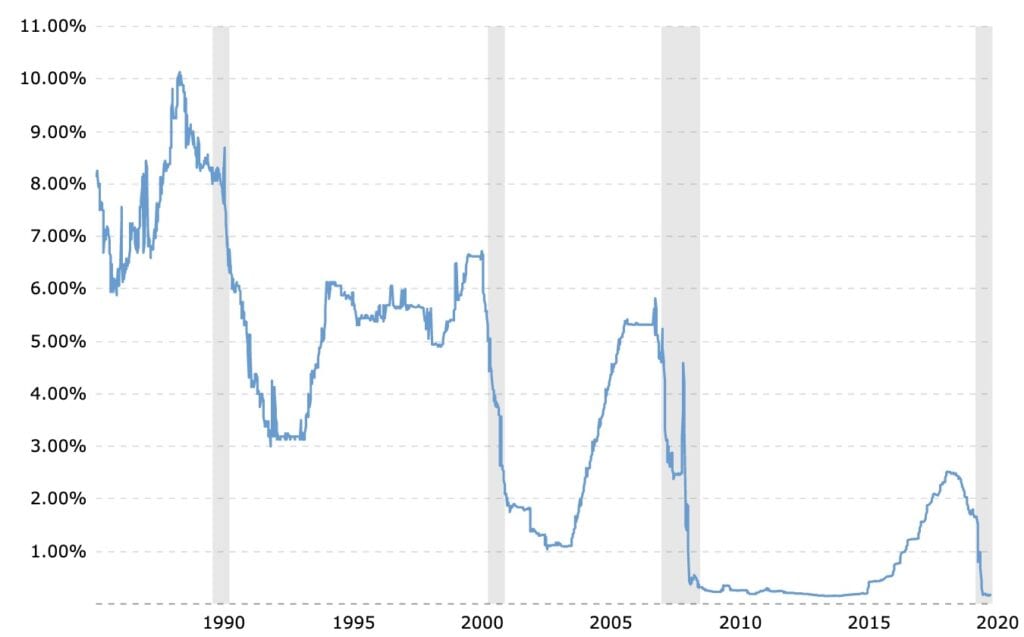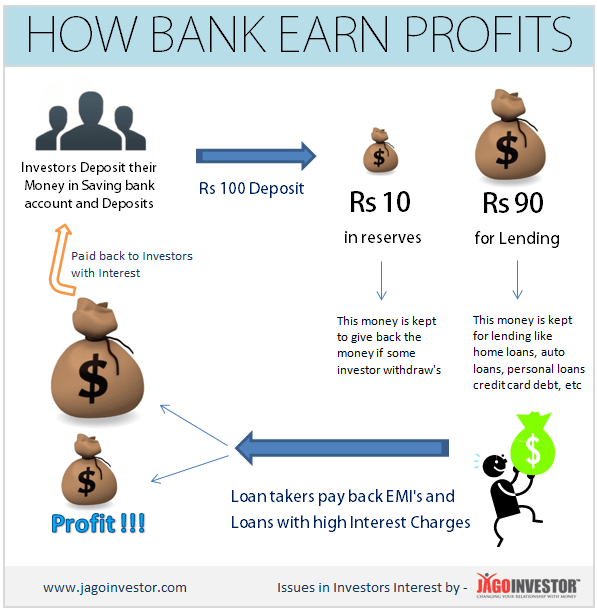Servicing disagreements that emerge after the death of a debtor sometimes expose that loans need to not have been released in the first location. U.S.A. TODAY's analysis of reverse mortgage loaning patterns and foreclosures discovered clusters in African American city communities proof of predatory practices, according what happens when a timeshare is foreclosed on you to market watchdogs (which mortgages have the hifhest right to payment'). The work was a partnership with Grand Valley State University, with assistance from the McGraw Center for Organization Journalism.
Department of Real Estate and Urban Advancement has mandated more powerful financial evaluations of senior citizens before a loan is issued. Latoya Gatewood-Young was surprised to learn there were five individuals on the title to her grandpa's home, which has remained in her household for a century. Jasper Colt, U.S.A. TODAYWhen Gatewood-Young's grandpa passed away in 2016, the family was surprised to discover that his rural Maryland house on 10 acres had a reverse mortgage lien against it. Sometimes, the beneficiaries may select to deed the residential or commercial property back to the lender, suggesting the successors release the property to the lending institution and the loan provider becomes the brand-new owner. Although this should be reserved for scenarios where there is no excess equity left, it is a practical methods to avoid foreclosure and for the heirs to stroll away from the home with no additional financial obligations.
These are backed and guaranteed by the FHA and overseen by the U.S. Department of Housing and Urban Development (HUD). Government-backed loans supply advantages designed to secure debtors, enduring partners, and their successors. Moreover, HECM reverse home mortgages are non-recourse loans, implying a lender can not look for recourse versus other assets for repayment.
In summary, if a co-borrowing partner or heir acquires a house with a reverse mortgage, they will never ever owe more than the residential or commercial property is worth and they will never ever be forced into selling their properties to cover the debt. If they sell the house for more than the balance of the reverse home loan, they can keep the staying equity as earnings.
When an enjoyed one passes away, life can feel chaotic. By having a look at the average timeline of a reverse home loan after death, you and your family can prepare for how to settle your affairs and minimize confusion later. A loan servicer sends out a condolence letter normally within 1 month of the death of the last enduring borrower.

Successors will wesley sell get six months' time to select how to continue. During this time, interest on the loan balance continues to accumulate and monthly insurance premiums should be paid, so it's within the beneficiary's benefit to act quickly when dealing with a reverse mortgage after how much are maintenance fees for timeshares death. If needed, the estate might request as much as two 90-day extensions, based on HUD's approval.
Not known Facts About How Is Freddie Mac Being Hels Responsible For Underwater Mortgages
After this time, the loan might enter into default and a servicer might start the foreclosure treatments on a reverse home mortgage property. According to the National Reverse Mortgage Lenders Association (NRMLA), a servicer might start foreclosure on a reverse home loan after death if: The preliminary Due and Payable notification is overlooked The house has not sold after the 90-day extensions have expired The borrower has no heirs If heirs are actively working to organize funding or sell the house to satisfy a reverse home mortgage after the owner passes away, the foreclosure may be delayed.
Speaking about how to plan for life after death can be uneasy for some households, but by making sure you and your liked ones are prepared for what follows, you can delight in life together to its fullestwith less tension later on. If you're still unpredictable about how a reverse home loan works and would like explanation on this form of funding, don't be reluctant to contact a handy member of our GoodLife group who will more than happy to answer your questions or click on the link below.
If you get a House Equity Conversion Mortgage (HECM) the most typical kind of reverse mortgagethe loan ends up being due and payable under specific situations, like when you die. Your heirs will then have several options for handling that financial obligation. They can: pay off the reverse home mortgage and keep the home sell the home and utilize the earnings to pay off the reverse mortgage debt offer the home to the lending institution, or let the lender foreclose.
HECMs are nonrecourse, which implies that the loan provider can't get a shortage judgment after a foreclosure or deed in lieu of foreclosure. In a routine home loan, the borrower gets a lump sum from the loan provider and makes month-to-month payments towards paying the cash back, plus interest. With a reverse home mortgage, rather of getting an upfront amount that the customer has to repay progressively, the debtor normally gets regular payments, approximately the optimum loan amount.
A reverse home loan can likewise can be found in a swelling amount. The borrower has to pay the loan back unless and up until defined events occur, like when the debtor dies and the property is not the primary residence of a minimum of one surviving customer. Prior to getting a reverse mortgage, you must fully comprehend how they work, and discover the threats and requirements related to them.
After the debtor passes away and the residential or commercial property is not the principal house of at least one surviving debtor, the heirs can deal with the financial obligation in one of the following 4 ways. With a HECM, under HUD regulations and standards, the successors might keep the house by paying the home mortgage balance or 95% of the present assessed worth of the property, whichever is less.
The Ultimate Guide To How Many Mortgages Are Backed By The Us Government
With a HECM, beneficiaries may sell the home for the lower of the loan balance or 95% of the assessed value of the house. The beneficiaries can transfer the title to the house to the lending institution with a deed in lieu of foreclosure. Giving the property to the loan provider will satisfy the debt and prevent a foreclosure. how to reverse mortgages work if your house burns.

( To get more information, see Nolo's short article Foreclosure of Reverse Home Mortgages.) HECMs are nonrecourse, which suggests that the loan provider can't get a shortage judgment after a foreclosure or deed in lieu of foreclosure. Similarly, if the beneficiaries settle the loan or offer the home, they won't need to pay more than 95% of the evaluated value.